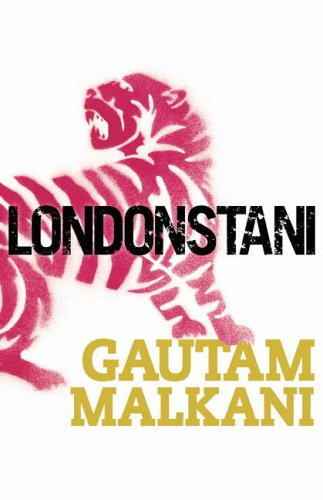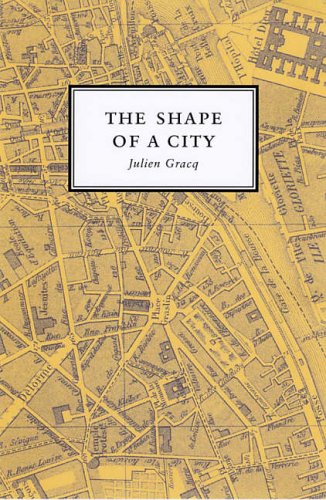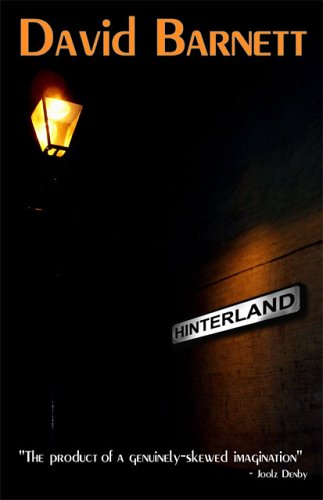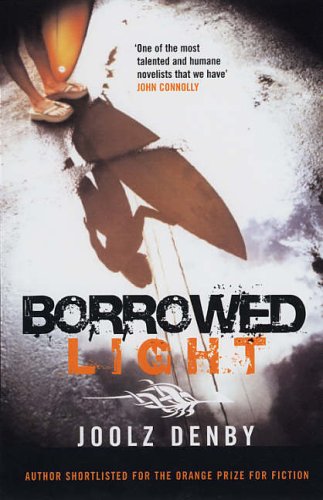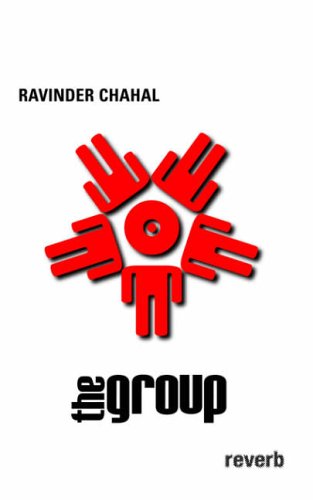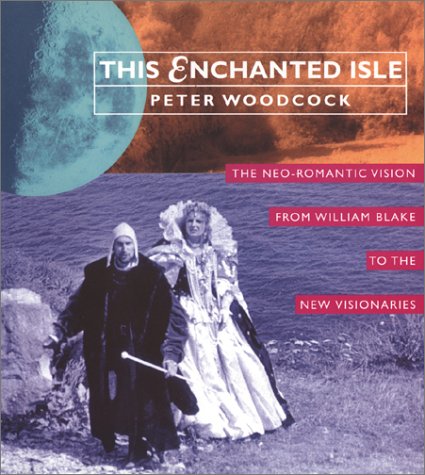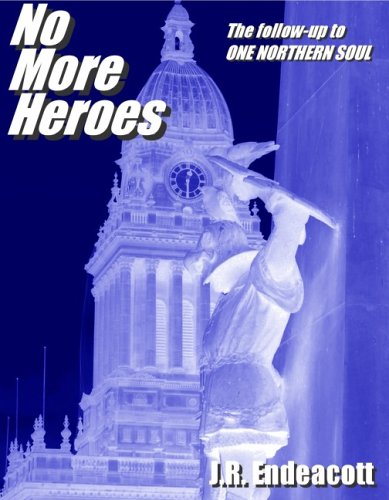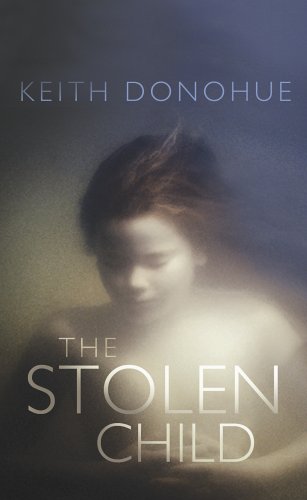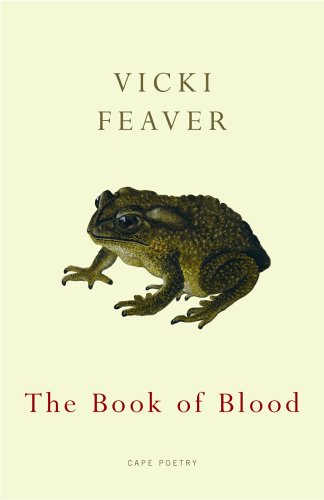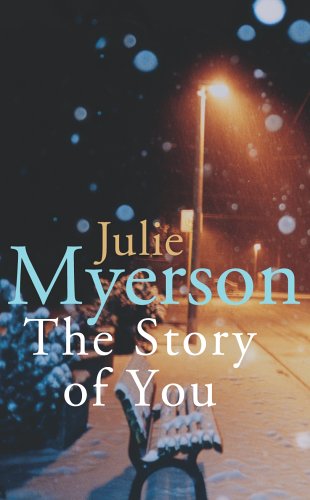The pretty girls were always easy to dismiss. These were the girls that even though they could walk over anyone in conversation and kept the best marks in high school had to deal with the stigma of being attractive, and therefore always battling the force of their peers� unsupported biases. If the pretty girls you know are like the ones I knew, they have carried their crosses to greatness, past scholarship-funded bachelors degrees, high-end law schools, and seven or eight promotions. Some day one of them will probably serve as my MP.
I don�t know why I bring up those girls, this is a review of a British cultural magazine called Aesthetica and these girls are more likely Danielle Steele and The Wall Street Journal readers. Well, there are probably two reasons why Aesthetica returns to me the image of those girls. First, one of them appears to be the model for their cover art. The girl is blonde, sad, and pouting. She is a creation of artist Sarah Horsfall. According to Sarah, her proper name is �Carnal Knowledge�. It�s a wildly appropriate title for the painting.
Secondly, from its high gloss cover to the beautiful two-tone interior, everything about Aesthetica seems to dare a critical reader to be flippant upon review. Tell me I�m all show! it seems to say. Tell me I�m less than the sum of my parts! I feel I should point out the magazine's somewhat slim length (55 pages) but even as I write this sentence I feel an overpowering barrage of teenaged female voices saying things like But there�s very few ads! (There is) The layout economizes brilliantly (It does) Most magazines are twice as long as they need to be (I agree, they are).
So, in the interest of avoiding feeling like an idiot, I�ll ignore the temptation to take such cowardly bites. The central message of this review is this: Aesthetica is a ferociously smart and beautifully packaged read that accomplishes the tough trick of appealing to both of its prime constituencies, Britain�s upwardly mobile cultural groomers and her smart, angry punk iconoclasts.
In terms of content, one can�t really say that Aesthetica does anything new or different. All the requisite stopovers are present in this issue, an interview with this afternoon�s literary wunderkid (Gautam Malkani, pg 34, check), a crossover feature intertwining both the magazine�s aesthetic and political ideals (�The Art of Climate Change, pg 33, check), a reachout to the magazine�s growing international concern (�Exiled Writers Ink�, pg 48, check). What I would like to say is that while I can�t identify anything in Aesthetica that I couldn�t also see being printed in another magazine, every article here is researched and written a little bit better than what I was expecting. Editor Cherie Federico�s interview with Sonic Youth makes for a good example. The preamble and the flow of the conversation suggest a journalist who has read her share of Rolling Stone and NME, but has discarded them both as her skills and taste have matured. The whole spread is a study on how to interview a major talent without seeming either too giddy or too jaded. The half page of lead-up is full of the kind of simplified social history that I don�t mind reading through because it carries with it a certain wisdom and nuance that lives in the subtext and assures you that the author has experienced the times retold and listened to all the albums mentioned. It�s the part of the magazine that will sell the most subscriptions, not just because of the big-name subject.
Buried in all this rock-god bluster and crystalline gloss are Aesthetica�s humble beginnings. There was a time, eons ago (2003), when this was a literary journal. The helpful little media package reminds us that �Aesthetica was initially started to publish new writers and artists but its intended audience has since become much wider.� I�ll say. There�s a problem with being good, it carries with it a mounting desire to be better, to be bigger and fuller and (bite your tongue, indy kids!) more profitable. So far, I see nothing wrong with this ambition. And there still is, in significant quantity, poetry and fiction. The poetry stretches out across form and voice, there is literally something here for everyone. This appeal is acquired honestly, too, as there�s so much diversity that no reader will fall for all the poems collected. Overall, here�s a taste in the editorial office for simple, uncomplicated poems. You could almost call the most successful ones �childlike� (note: that is in no way a criticism). I feel like pointing to some of my favourites, like Colette Lawlor�s family portrait �The Agnews� which starts
Maggie, Mary and Joe,
family friends from the seafaring days,
white hair framing their NHS specs
in brown, pink, or blue.
Or Avik Chandra�s wise little bookstore meditation;
White-hooded paperbacks on display
like a deciduous landscape
dressed and buckled for winter.
These pieces point to an intended audience open to poetry but perhaps not immersed in it, they are infected by neither the effete intellectualism of some major print journals or the obnoxiousness embedded throughout the internet. Whoever is picking these poems deserves a thank you.
The fiction is, likewise, potluck. Daniel Prescott�s �I Only Want You� stands out with it�s laser-quick pace and the immense empathy that sits just behind the printed page, hidden from full view by the author and the speaker�s brisk nonchalance. His sentenced are constructed like the starter homes of the materialistic, they�re the product of numerous add-ons, asides, and linguistic splurges that result in creations that are unwieldy, garish, but decidingly lived-in. Take this one about the young gentleman�s return to London; �First I visit my old office, having thirty-second conversations with semi-friends about who has joined and left and we pretend that we�ve all progressed since a year ago, and I work my way around to a woman I want to fuck, and I talk to her as if I don�t.�
Not all of the stories and articles carry Prescott�s exuberance. Some are too insular for my taste, they get lost mapping out the precise dimensions of their navel (to extend a metaphor well beyond its natural limits). However, there�s nothing in Aesthetica I couldn�t imagine somebody reading and liking. For a magazine making a five-lane swerve into the mainstream, that has to be considered high praise.
I think what makes Aesthetica so interesting for me is the sense that it�s a product of continuously ballooning expectations. From communitarian lit-mag to metropolitan culture magnet is a bit of a stretch for a 3-year-old magazine. The fact that it�s been carried off with grace and cohesion is worth my congratulations, such as they are. I worry though, about the future. Where does Aesthetica land? What niche or nest does she settle into? The full title of the summer issue is Aesthetica: Contemporary Writing, Art, Music, Film. In three more years, will they have added ��Politics, Review, Drama, Comics�? Already, each of these four extra categories show up in some form in the current issue. There�s nothing wrong with breadth and nothing wrong with ambition, but I suffer from a twinge of paranoia. What if some future issue of Aesthetica features a writhing half-nude pop star on the cover? What if a candidate for Prime Minister does a feature interview in the interest of asserting his or her credibility? There are worse things that could happen, of course, and the product might still be top quality, but agree with me, at least, that something would be lost. Talent has done worse things to magazines before.
If any of this happens, I�d be disappointed. Not surprised, maybe, but surely disappointed. I would be like Sarah Horsfall�s easily dismissed young muse on the cover of Issue 13. Not blonde, perhaps, but sad and often pouting.

